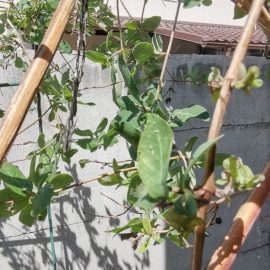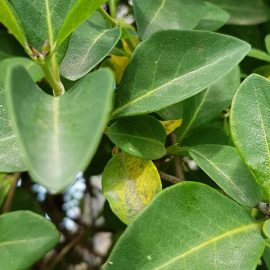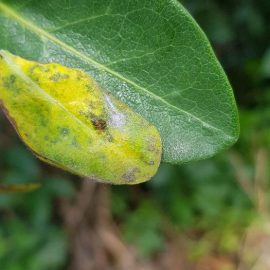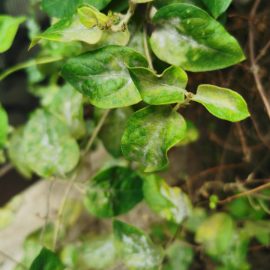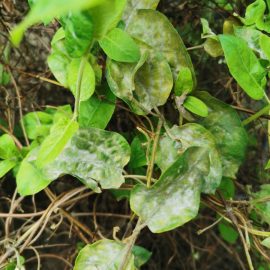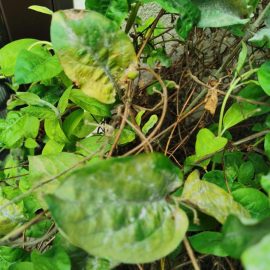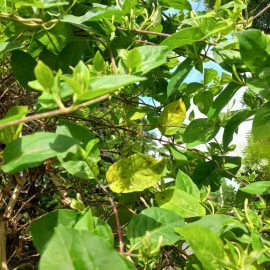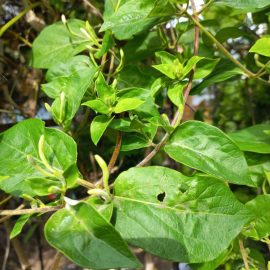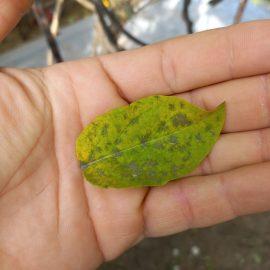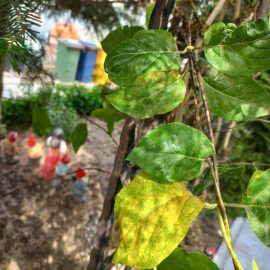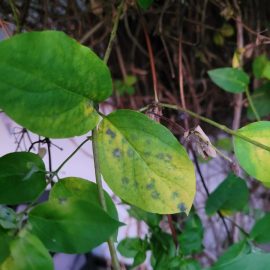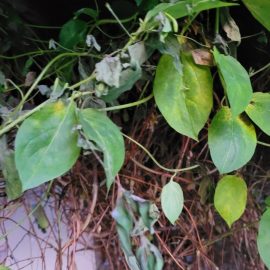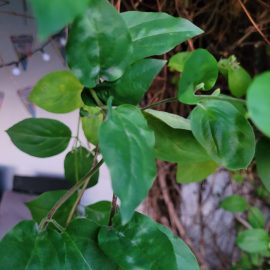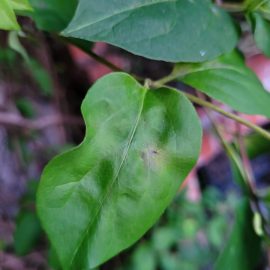Lonicera, planting guide and care work
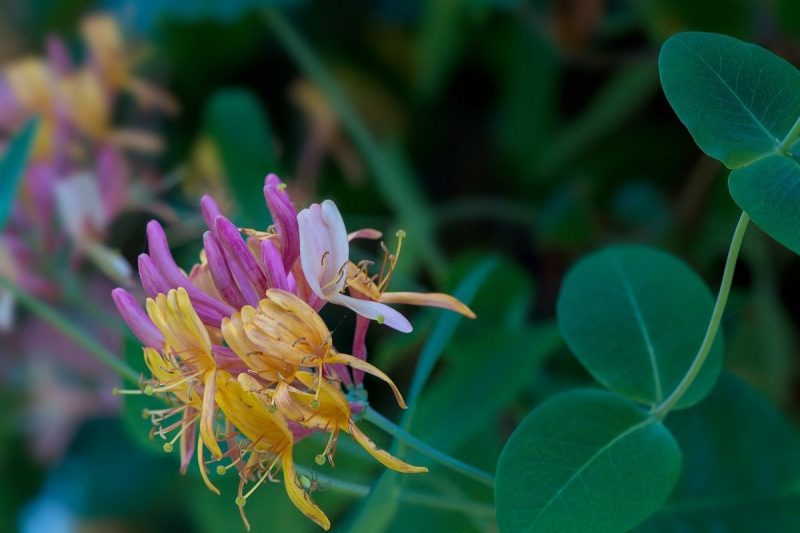
Lonicera is a genus of shrubs or climbing plants in the Caprifoliaceae family. They originate from North America, Europe, and Asia. They grow in the form of climbing shrubs, reaching a height of 5 m. It has semi-persistent foliage, some of the leaves remaining on the plant during the winter. The leaves are oppositely arranged, are simple, oval in shape, 3-8 cm long. Flowering takes place from June to August. The flowers are yellow or white, 3-4 cm in size. Most species have fragrant inflorescences. The fruits are spherical or elongated berries, dark in color, containing several seeds.
It is usually planted in parks, or gardens, as plants covering walls, fences, or pergolas. In some parts of Asia, the Japanese honeysuckle ( L. japonica ) is an invasive species. The name of the genus comes from the botanist Adam Lonicer.
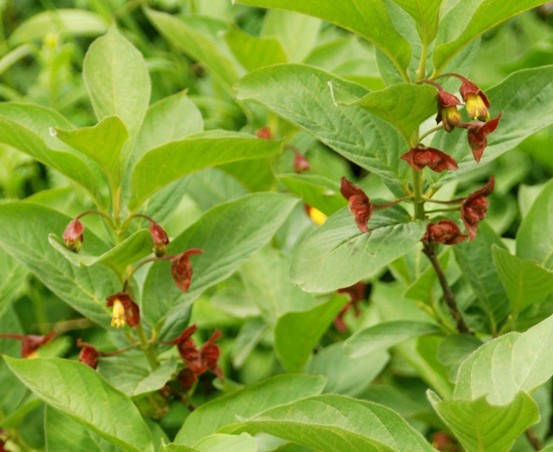
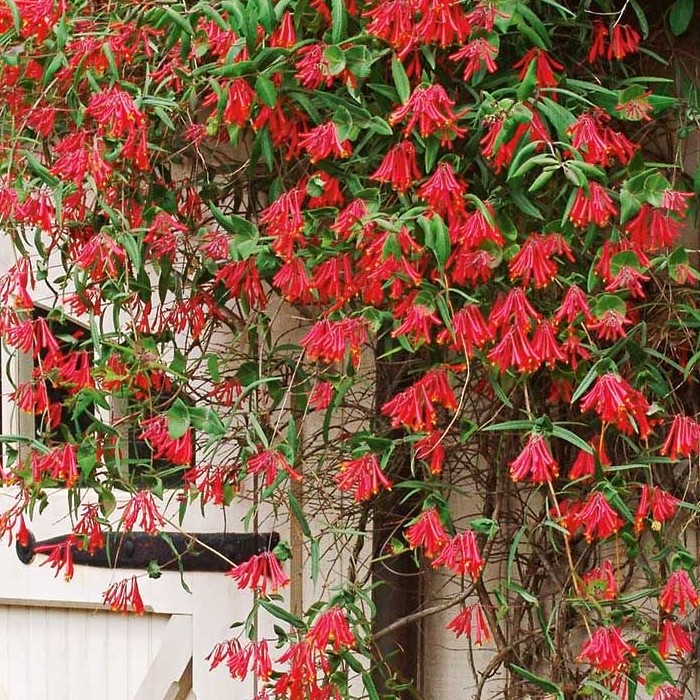
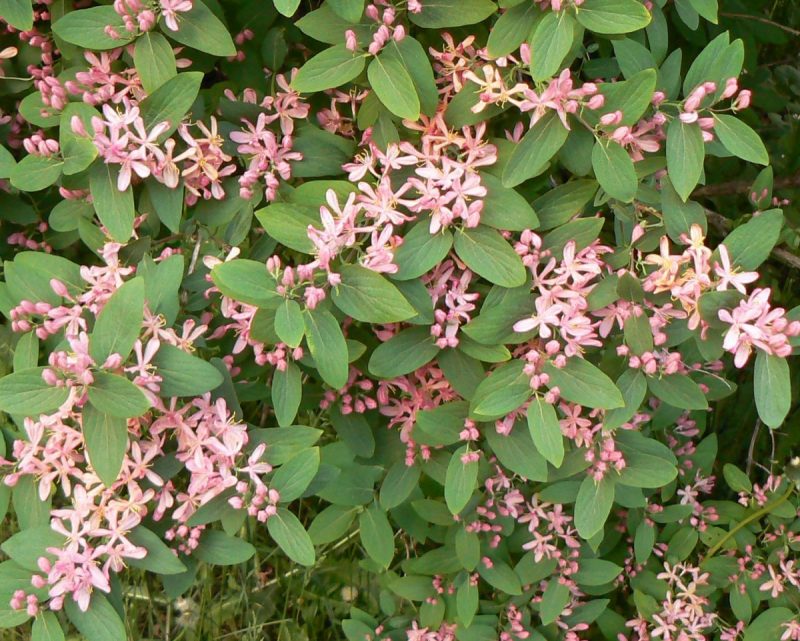
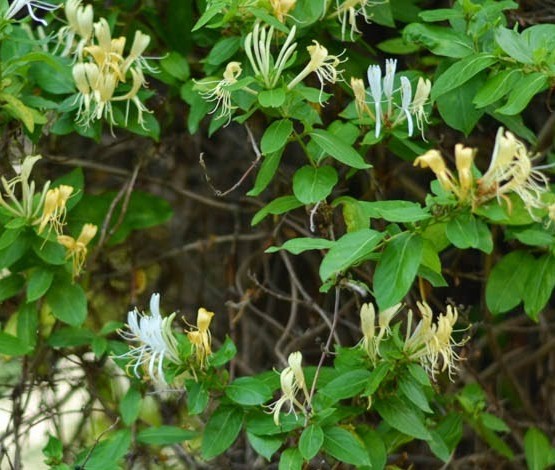
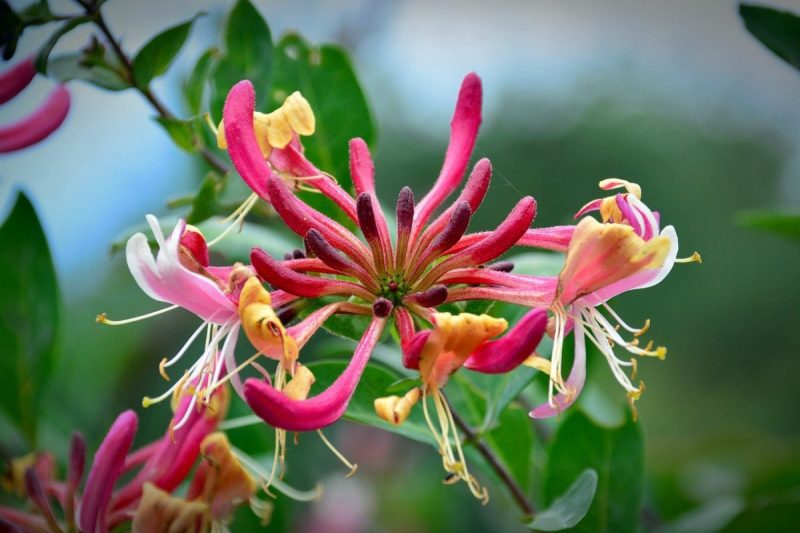
Species and varieties
Lonicera japonica – called “golden-and-silver honeysuckle” or “Japanese honeysuckle”. The species is native to East Asia. It produces white-yellow flowers, strongly fragrant.
Lonicera korolkowii – a species native to Central Asia. It grows tall and has a wide circumference. The leaves are gray, pubescent.
Lonicera ledebourii – the shrub is native to California. It grows to be 1.5-2 m tall and has pubescent foliage. The flowers are made up of yellow-orange petals and 4 red basal bracts.
Lonicera pileata – the shrub is native to China and has is short (0. 8 m). The leaves are small, lanceolate, and the flowers are small, pale yellow.
Lonicera tatarica – native to Central Asia, grows 2-3 m tall. The leaves are dark green, and on the underside, they have a blue shade. The flowers are large, white, or pink. The species includes several cultivars:
- ‘Rosea’ – with pink flowers.
- ‘Grandiflora’ – with large white flowers.
- ‘Arnold Red’ – with dark red colored flowers and red fruits.
Lonicera sempervirens – a species native to the eastern part of the United States. It has oval leaves, oppositely arranged in pairs, joined at the base. The flowers are tubular, 5 cm long, bright red.
Environmental conditions
Light. It can withstand both direct sunlight and partial shade.
Temperature. Depending on the region of origin, Lonicera species have different needs in terms of temperature. Thus, species native to warm areas can easily withstand temperatures of up to 35° C in summer, and species native to cold areas can withstand temperatures of -40° C in winter. The most sensitive to frost are L. pileata and L. ledebourii.
Soil. In general, they have no specific requirements for the soil, and the species L. tatarica can grow even in soils with higher salinity.
Watering
They do not require watering, because they are drought-resistant plants.
Fertilization
In order to stimulate the abundant flowering, during the vegetative growth period, a fertilizer for decorative shrubs can be administered.
Recommended products
-
You can find products on a different store
Change Store -
You can find products on a different store
Change Store -
You can find products on a different store
Change Store -
You can find products on a different store
Change Store -
You can find products on a different store
Change Store -
You can find products on a different store
Change Store -
You can find products on a different store
Change Store -
You can find products on a different store
Change Store -
You can find products on a different store
Change Store -
You can find products on a different store
Change Store -
You can find products on a different store
Change Store -
You can find products on a different store
Change Store -
You can find products on a different store
Change Store -
You can find products on a different store
Change Store -
You can find products on a different store
Change Store -
You can find products on a different store
Change Store -
You can find products on a different store
Change Store -
You can find products on a different store
Change Store -
You can find products on a different store
Change Store -
You can find products on a different store
Change Store -
You can find products on a different store
Change Store -
You can find products on a different store
Change Store -
You can find products on a different store
Change Store -
You can find products on a different store
Change Store
Pruning
It can easily withstand shape correction cuts.
Recommended products
-
You can find products on a different store
Change Store -
You can find products on a different store
Change Store -
You can find products on a different store
Change Store -
You can find products on a different store
Change Store -
You can find products on a different store
Change Store -
You can find products on a different store
Change Store -
You can find products on a different store
Change Store -
You can find products on a different store
Change Store -
You can find products on a different store
Change Store -
You can find products on a different store
Change Store -
You can find products on a different store
Change Store -
You can find products on a different store
Change Store -
You can find products on a different store
Change Store -
You can find products on a different store
Change Store -
You can find products on a different store
Change Store -
You can find products on a different store
Change Store -
You can find products on a different store
Change Store -
You can find products on a different store
Change Store -
You can find products on a different store
Change Store -
You can find products on a different store
Change Store -
You can find products on a different store
Change Store -
You can find products on a different store
Change Store -
You can find products on a different store
Change Store -
You can find products on a different store
Change Store
Diseases and pests
Among the diseases that can affect the honeysuckle plant is powdery mildew.
Recommended products
-
You can find products on a different store
Change Store -
You can find products on a different store
Change Store -
You can find products on a different store
Change Store -
You can find products on a different store
Change Store -
You can find products on a different store
Change Store -
You can find products on a different store
Change Store -
You can find products on a different store
Change Store -
You can find products on a different store
Change Store -
You can find products on a different store
Change Store -
You can find products on a different store
Change Store -
You can find products on a different store
Change Store -
You can find products on a different store
Change Store -
You can find products on a different store
Change Store -
You can find products on a different store
Change Store -
You can find products on a different store
Change Store -
You can find products on a different store
Change Store -
You can find products on a different store
Change Store -
You can find products on a different store
Change Store -
You can find products on a different store
Change Store -
You can find products on a different store
Change Store -
You can find products on a different store
Change Store -
You can find products on a different store
Change Store -
You can find products on a different store
Change Store -
You can find products on a different store
Change Store
Planting
It can be done in spring or autumn, during the vegetative dormancy period, at temperatures above 5° C, if the soil is not frozen and there is no danger of frost. Make sure you buy the planting material from authorized nurseries.
Propagation
Lonicera can be propagated by cuttings or layering.
- cuttings: use semi-lignified cuttings, harvested early or green cuttings, and plant them in hotbeds.
Recommended products
-
You can find products on a different store
Change Store -
You can find products on a different store
Change Store -
You can find products on a different store
Change Store -
You can find products on a different store
Change Store -
You can find products on a different store
Change Store -
You can find products on a different store
Change Store -
You can find products on a different store
Change Store -
You can find products on a different store
Change Store -
You can find products on a different store
Change Store -
You can find products on a different store
Change Store -
You can find products on a different store
Change Store -
You can find products on a different store
Change Store -
You can find products on a different store
Change Store -
You can find products on a different store
Change Store -
You can find products on a different store
Change Store -
You can find products on a different store
Change Store -
You can find products on a different store
Change Store -
You can find products on a different store
Change Store -
You can find products on a different store
Change Store -
You can find products on a different store
Change Store -
You can find products on a different store
Change Store -
You can find products on a different store
Change Store -
You can find products on a different store
Change Store -
You can find products on a different store
Change Store
In addition:
- they are shrubs resistant to the pollution in urban environments.
- they produce many shoots and have a fast growth.
- most Lonicera species have toxic fruits.














































































































































































































































































































































































































































